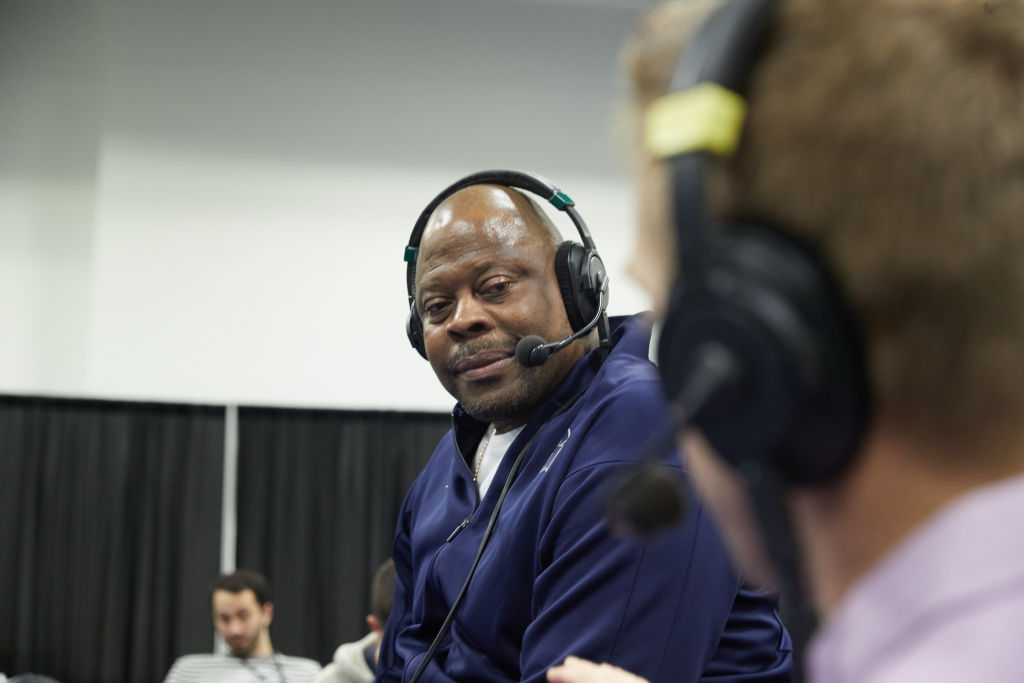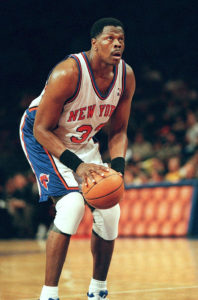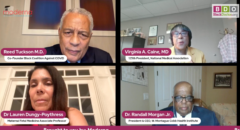
Patrick Ewing, the NBA Hall of Famer of the New York Knicks battled many opponents on the court in his 17-year career with the NBA, but it was his latest battle with COVID-19 that he's most proud of. On May 22 he had tested positive and was hospitalized for the coronavirus. Yet, he was released after a few days in the hospital to recover at home. Now as he has recovered, he's thankful to be alive and doing better than ever.
“Things are going fine, I’m doing well,” Ewing said in an interview with The Courant, two months after being hospitalized with COVID-19. “Just like everyone who has had it, I would say everyone needs to be safe, and then you still might get it like I did. Wear your mask, wash your hands, social distance. It’s real.”
Ewing, like many others, recovered from the deadly virus by using a method to help protect him and his loved ones.
The CDC recommends:
- Staying home except to get medical care.
- Monitoring your symptoms carefully. If your symptoms get worse, call your healthcare provider immediately.
- Getting rest and stay hydrated. Take over-the-counter medicines, such as acetaminophen, to help you feel better.
If you have a medical appointment, notify your healthcare provider ahead of time that you have or may have COVID-19.
Stay in a specific room and away from other people in your home. If possible, use a separate bathroom. If you must be around others, wear a mask.
Born in Kingston, Jamaican, Ewing quickly became a household name as a high school basketball player in Boston. Ewing was 7 feet and first arrived at his alma mater, Georgetown, in 1981. He played center for the Hoyas through three runs to the NCAA Finals, winning the championship in 1984. Then he joined the Knicks as the No. 1 pick in the draft and went on to make 11 NBA All-Star teams.

Ewing was also a member of the original U.S. Olympic Dream Team, with Michael Jordan, Charles Barkley, Scottie Pippen, David Robinson and more superstars.
After several seasons as an NBA assistant coach, Ewing returned to Georgetown, replacing John Thompson III as head coach in 2017 and still is today.
When looking forward and adjusting to coaching in 2020, the now 58-year-old recognized that it has been an adjustment. But something he's ready, willing and able to take on.
“It’s definitely a different style [today],” Ewing said. “In my era, centers were more on the box, posting up. Even though they still do that a lot more in college basketball than in the NBA, the style has definitely changed; now the big men want to be on the perimeter, everybody wants to be on the perimeter shooting threes. But I do think if someone has a dominant center, they’re going to give him the ball in the box.”









